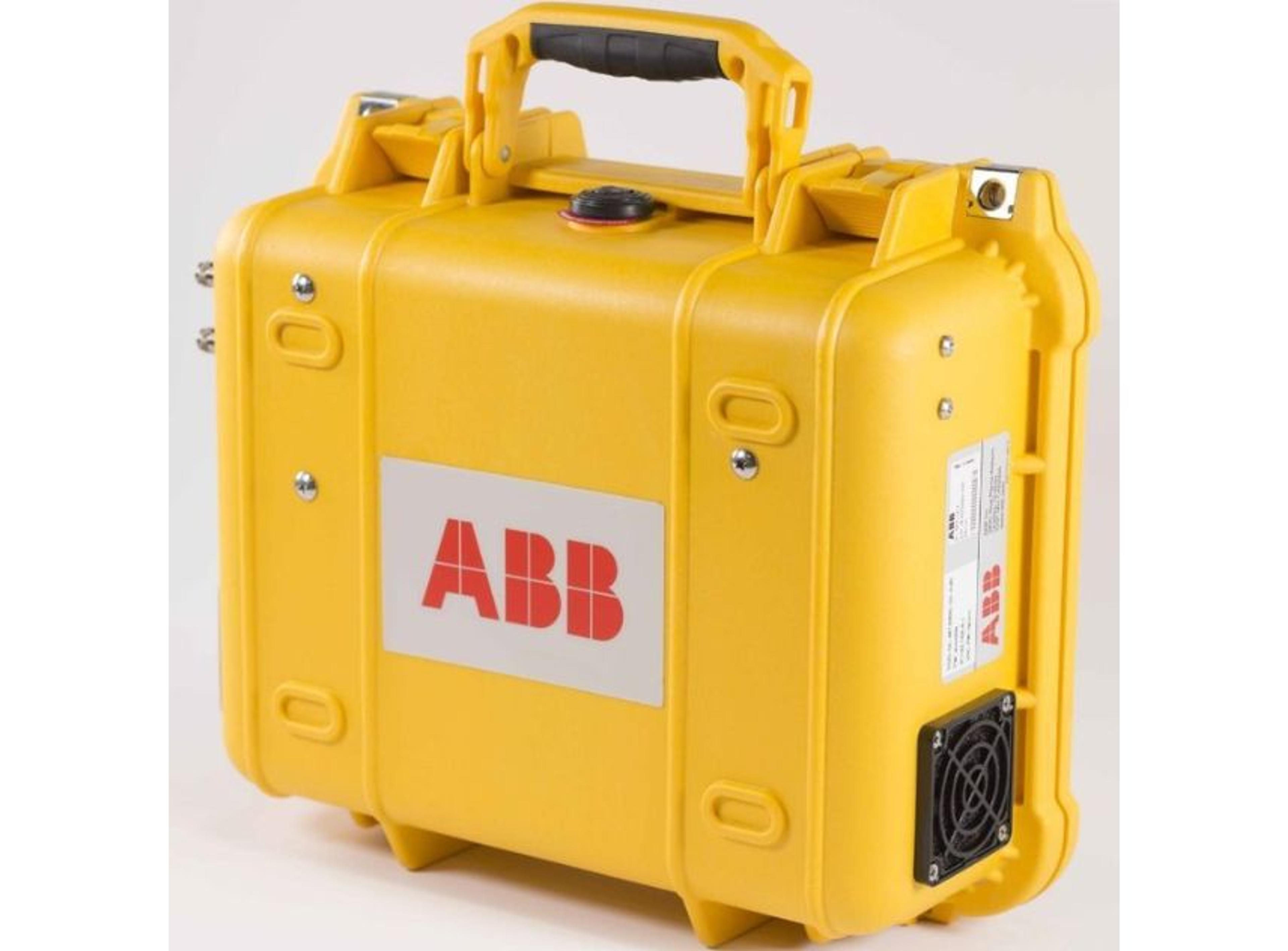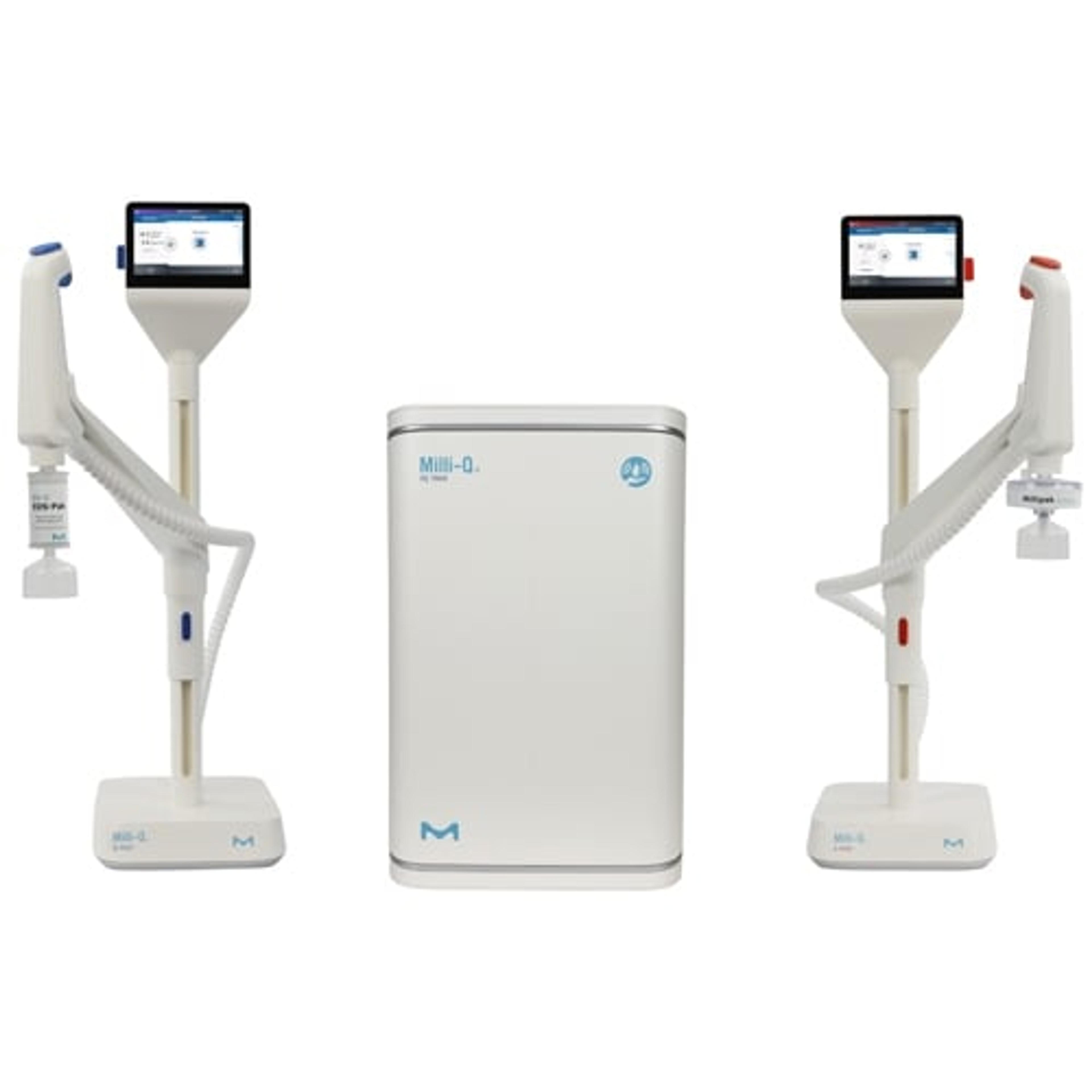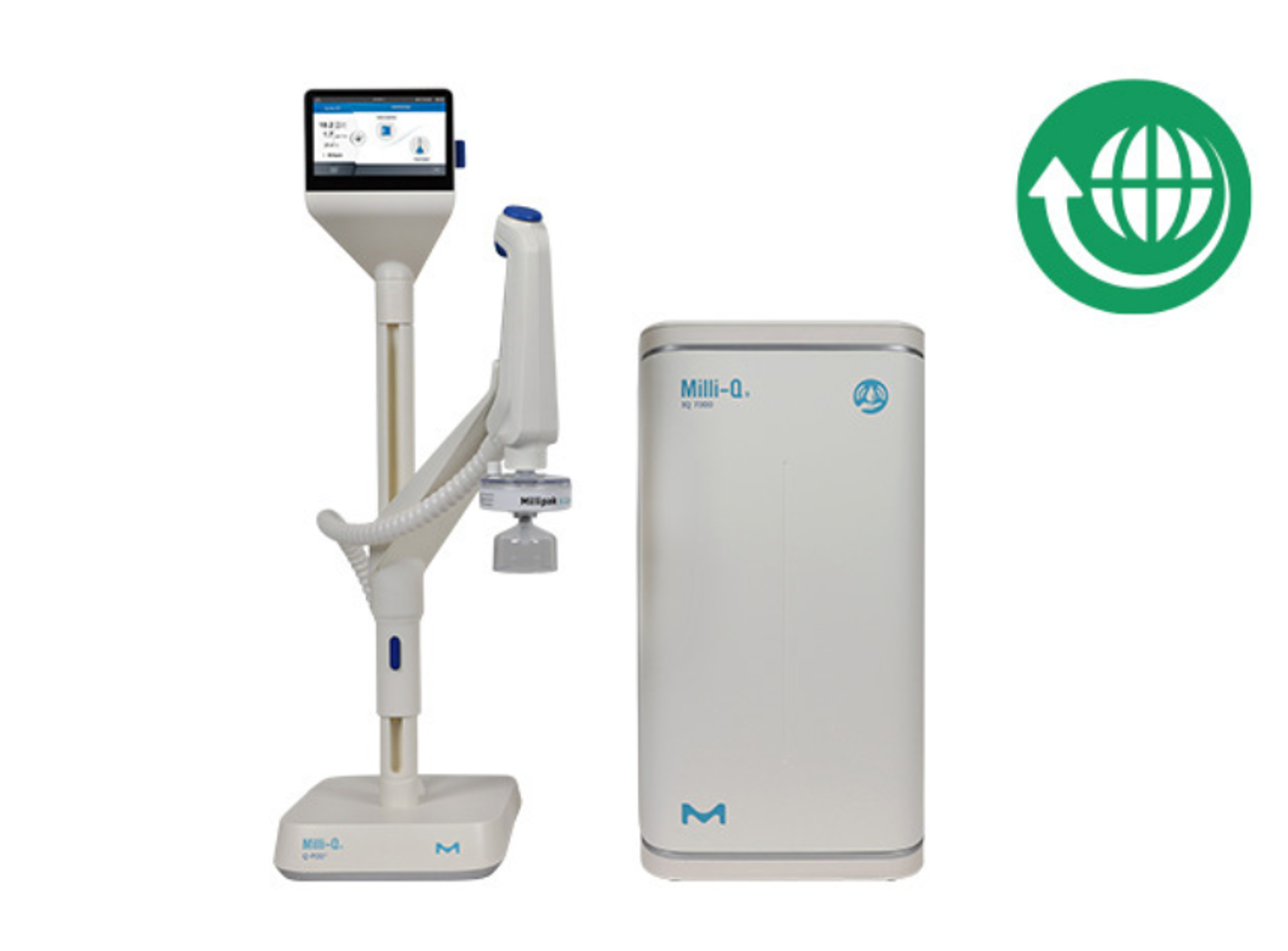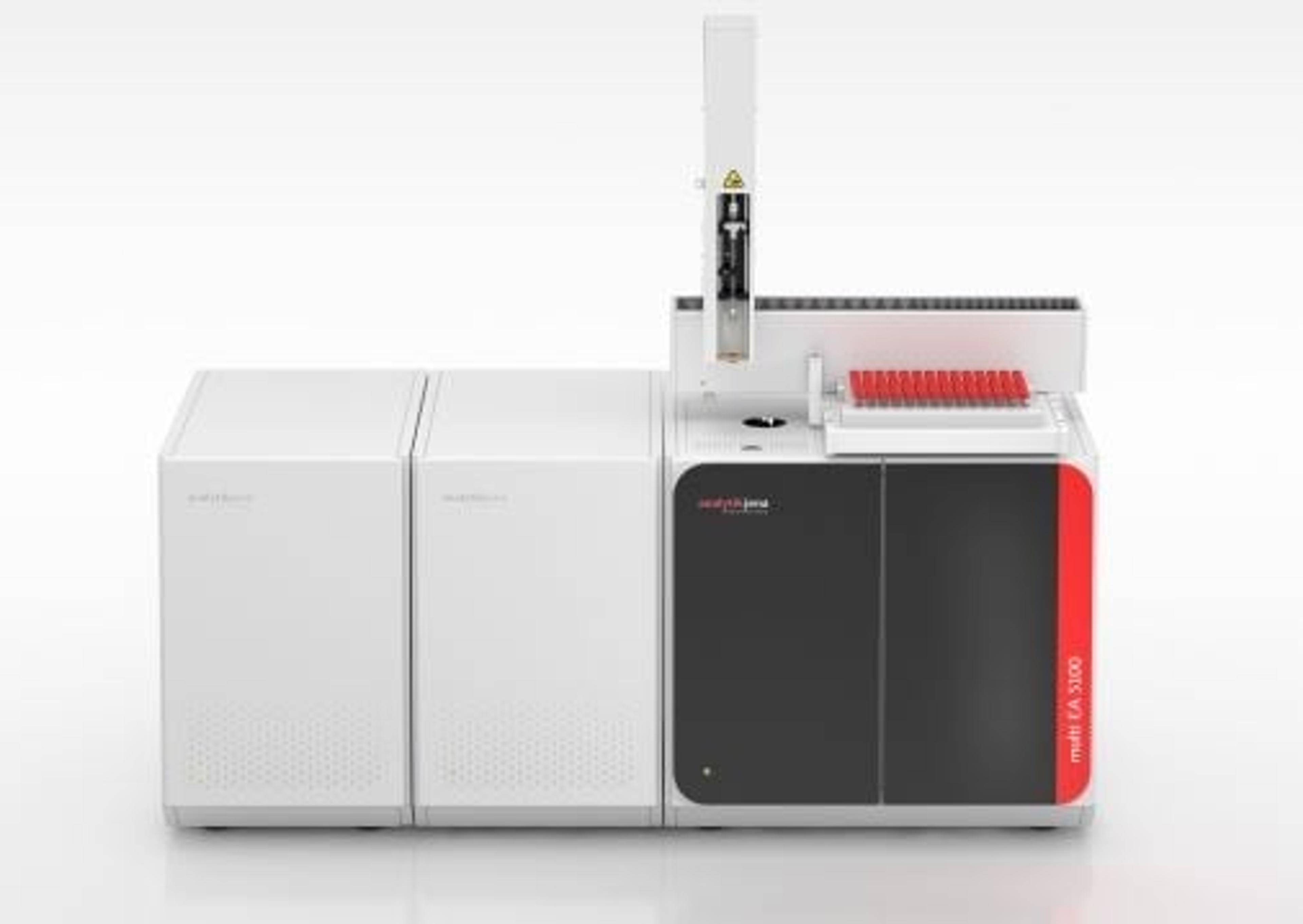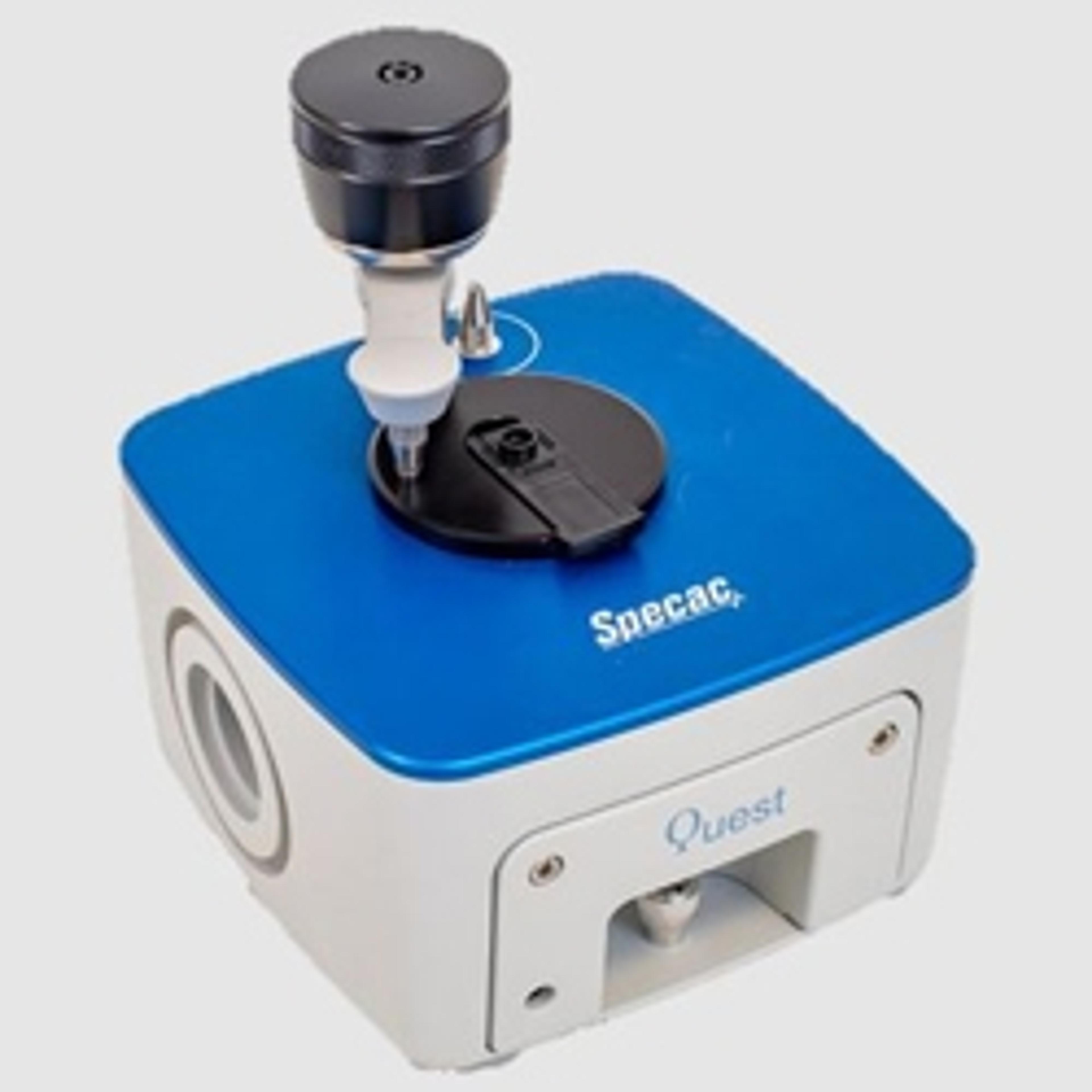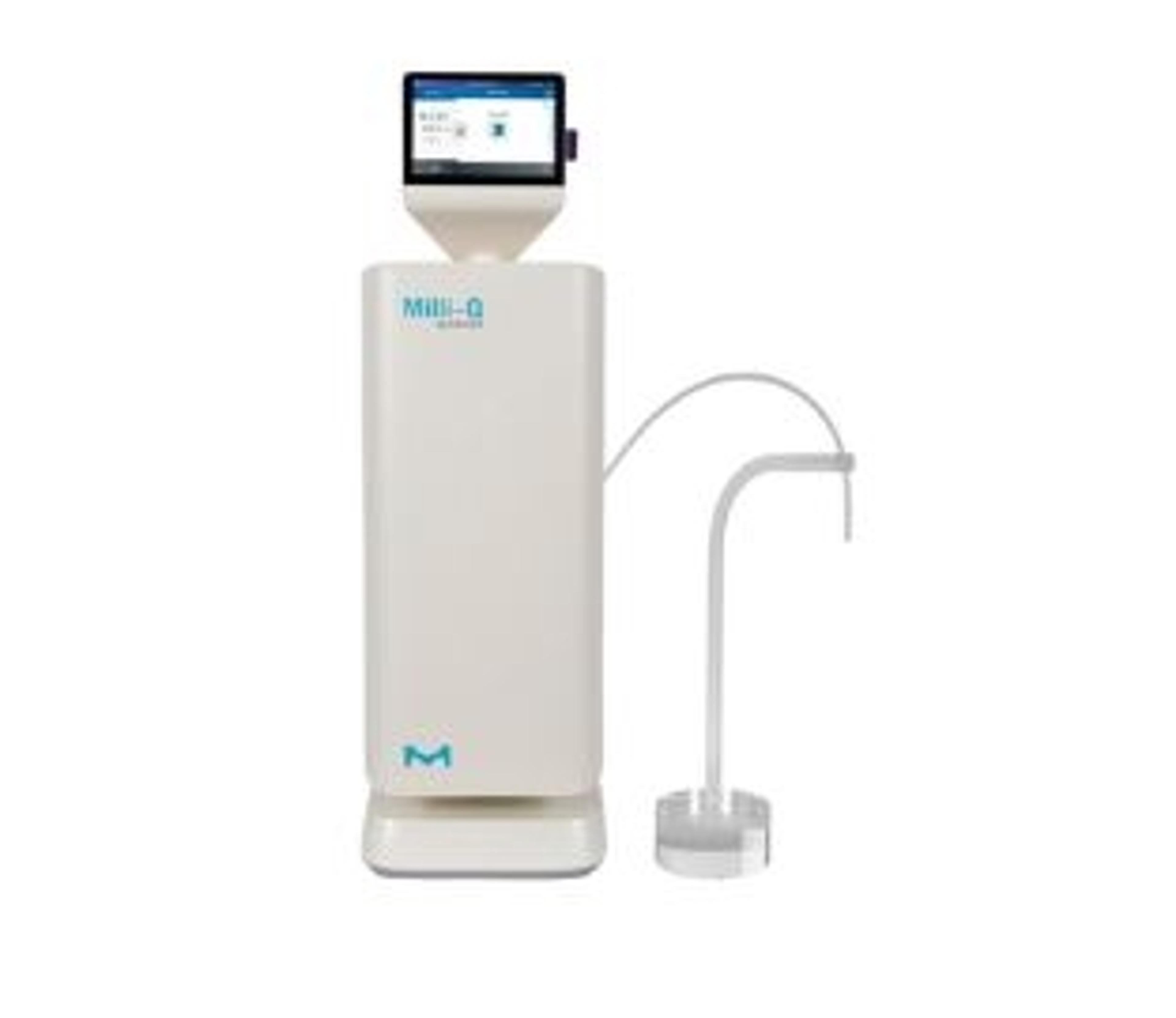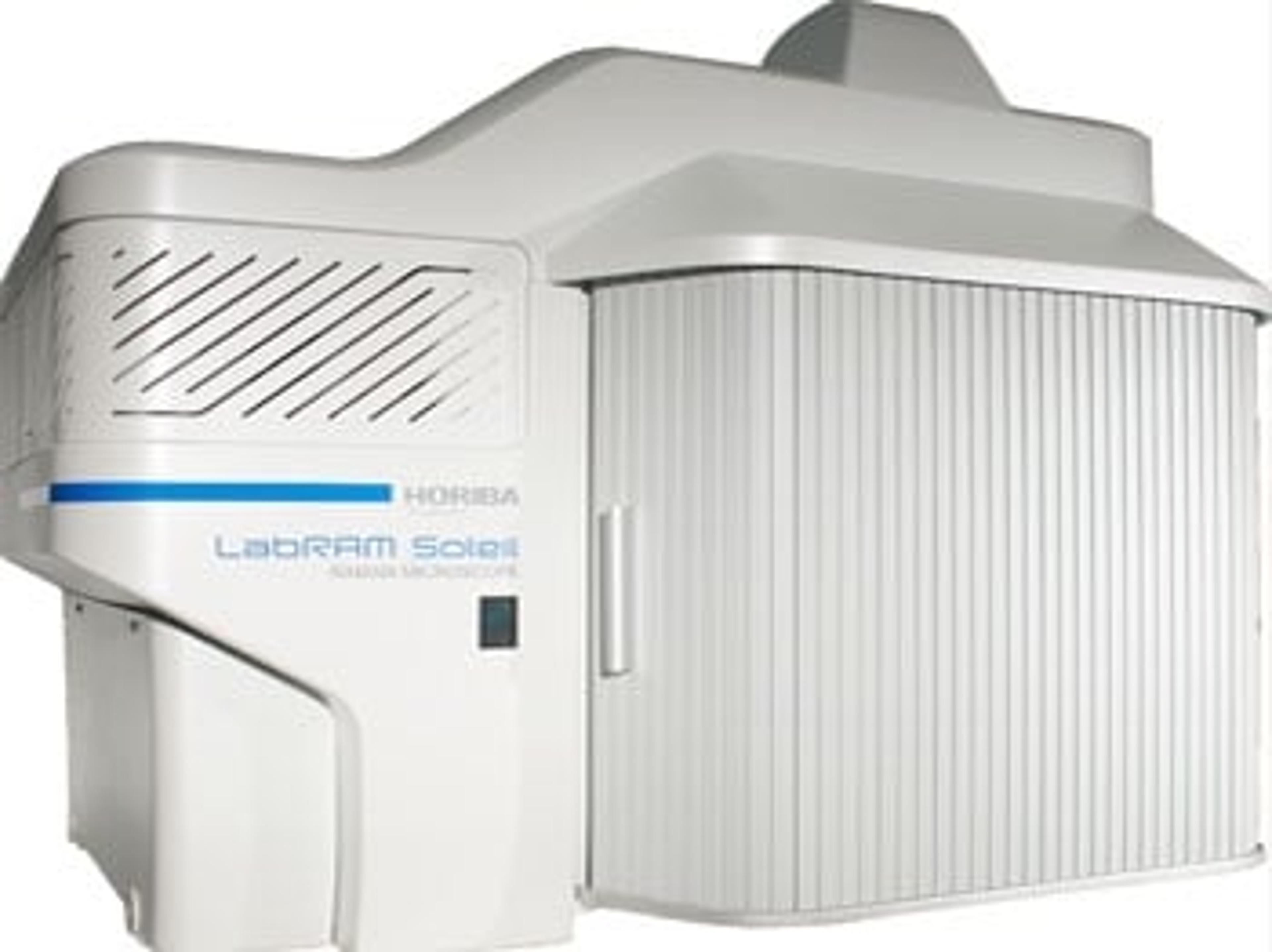Video interviews: Cutting-edge research and technology in cancer, neuroscience, forensics and more
Meet the researchers making waves in science and learn about the technologies innovating their research
31 Aug 2020
In this compilation of top video interviews, we take you behind the scenes and hear from scientists, clinicians, and laboratory experts around the world to learn about the latest innovations, technologies and techniques advancing their fields. Watch the clips below to discover the novel methods accelerating the development of personalized cancer therapeutics, explore the cutting-edge techniques unraveling brain chemistry, learn about the approaches deepening our understanding of aging and Alzheimer's disease, and much more!
How to detect cancer in vivo using nanoparticles

Dr. Fay Nicolson, from the Dana-Farber Cancer Institute and Harvard Medical School, shares how she uses nanoparticles to precisely image cancer in pre-clinical animal models and discusses how the new LabRAM Soleil from HORIBA Scientific ensures fast, reliable spectral information, with the promise of translating this technology into the clinic.
Breakthrough technology for rapid multi-element analysis
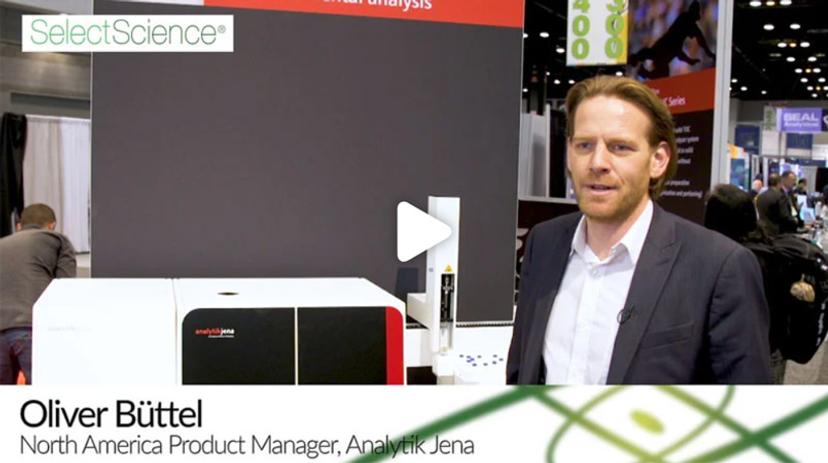
Oliver Büttel, from Analytik Jena, presents the new multi EA 5100, an elemental analyzer that is able to determine carbon, nitrogen, sulfur, and chlorine in solid, liquid and gaseous samples, and is designed to provide fast, high-throughput and highly sensitive analyses for applications across a variety of industries.
Gas analysis tools for safe pipelines, plants and city distribution grids
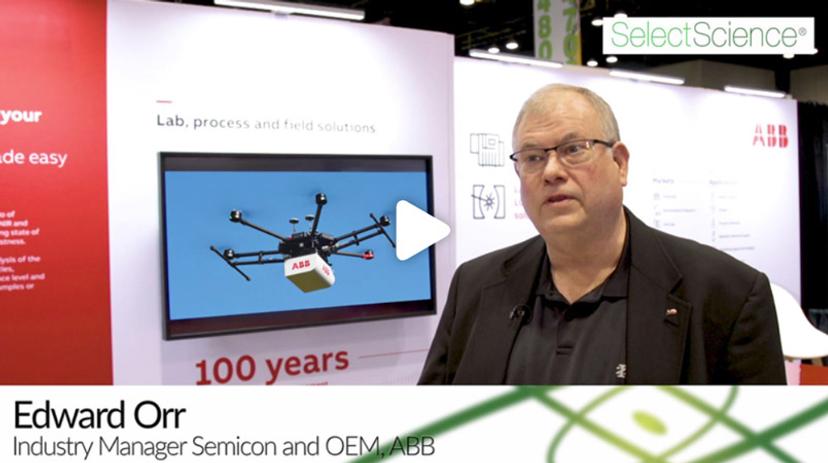
Ed Orr, Industry Manager Semicon and OEM, ABB, discusses the importance of effective gas leak detection for public safety and showcases two of its leading bench products. Orr outlines the advantages of ABB's ICOS battery-powered laser-based spectrometer for reliable methane analysis and explains how it can be carried by hand, driven around or even attached to a drone.
Infrared accessories: From forensics to food science, discover the tools for sampling success
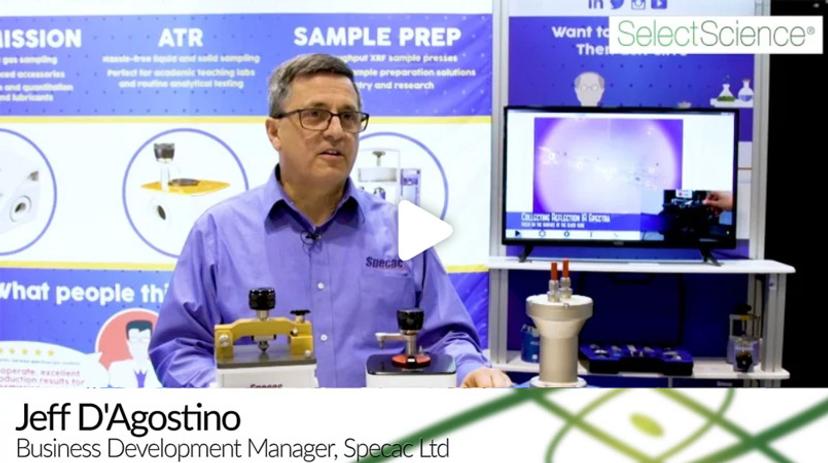
Jeff D'Agostino showcases Specac's three latest IR sampling accessories and explores their far-reaching applications for fields encompassing forensics, plants, adhesives and greenhouse emission analysis, as well as within oil and food industries.
Lower detection limits for trace metal analysis
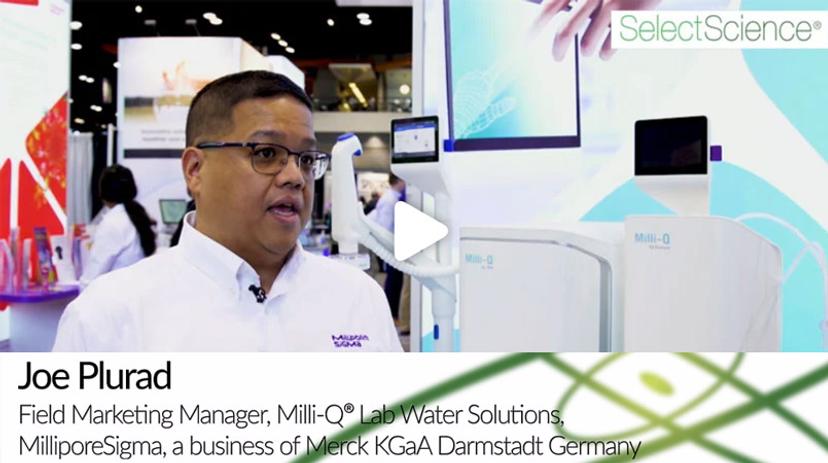
Joe Plurad, from MilliporeSigma, explains how the Milli-Q® IQ Element water purification and dispensing unit delivers analytical-grade ultrapure water for single-ppt and sub-ppt detection levels, ideal for trace metal analysis using ICP-MS or atomic absorption.
Uncovering the chemistry behind behavior
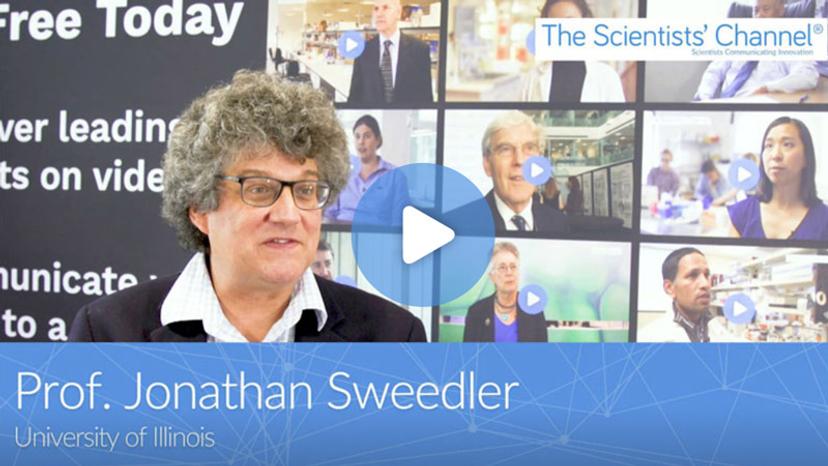
Jonathan Sweedler, Professor of Chemistry and Neuroscience at the University of Illinois at Urbana-Champaign, explains how studying cell-to-cell differences within the brain can provide significant insight into the neurochemical components underpinning emergent behavior and how the ability to characterize these components at a smaller and smaller scale promises exciting opportunities for future brain research.
The biology of aging and age-related diseases
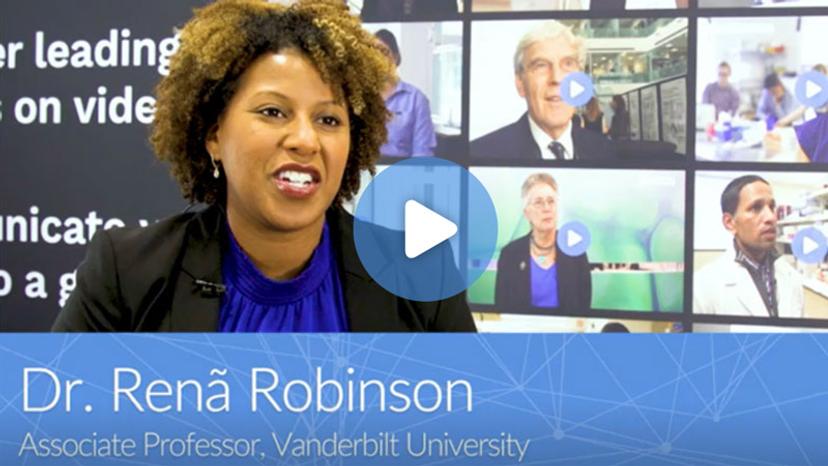
Dr. Renã Robinson, Associate Professor of Chemistry at the Vanderbilt University, outlines how her team is employing a high-throughput discovery-based proteomics workflow to better understand the biology of aging and determine the molecular contributions to racial disparities in Alzheimer’s disease.
Wildfires: Cause and effect

Dr. Michael Thurman, Research Associate at University of Colorado, highlights the contribution of climate change to the increasing incidence of wildfires across the United States and briefly discusses the implications of his novel research into the effect of wildfires on the geochemical properties of soils.
Applying Raman spectroscopy to complex biological systems
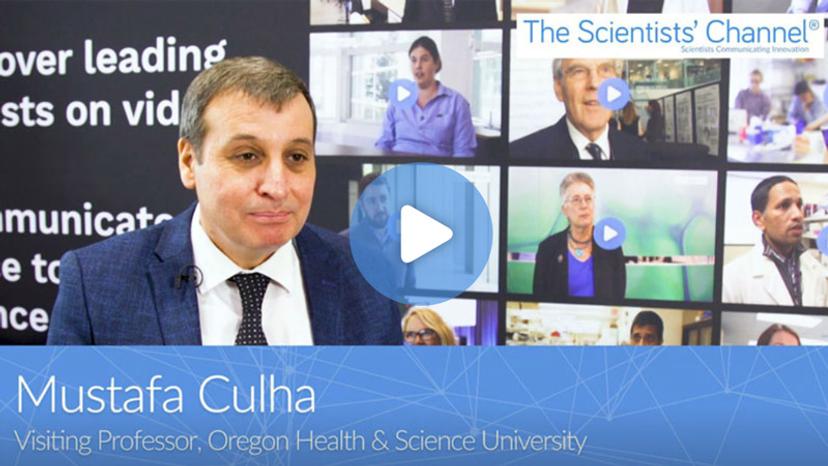
Mustafa Culha, Visiting Professor at Oregon Health and Science University, discusses the applications and advantages of surface-enhanced Raman spectroscopy for the analysis of complex biological systems and the diagnosis and early detection of cancer.
Mass spectrometry approaches for cancer research and personalized medicine

Dr. Amanda Hummon, Associate Professor at the Ohio State University, explains how her research group is developing novel mass spectrometry methods to explore biological equilibria in cancer systems and examine the interaction between drugs and cancer samples in both 3D cell cultures and patient-derived organoids.
Raman hyperspectroscopy and machine learning for biomedical and forensic research

Dr. Igor Lednev, Professor in Chemistry at the State University of New York, Albany, NY, discusses his research using Raman hyperspectroscopy and machine learning for their application in developing new methodologies for Alzheimer's research and identification and characterization of biological stains for forensic investigations.
Watch more videos on The Scientists' Channel>>
Interviews filmed at Pittcon 2020 - Watch other highlights from the show here >>

